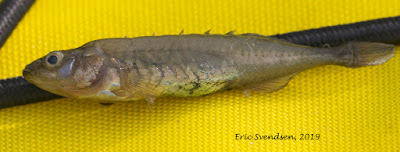Double Dachshund Dog Dilemma.

Two dachshunds riding in a two-story pram. "Taking your dogs for a walk" usually means placing a leash on them and heading out for a stroll. However, I have noticed that this maxim can be distorted to mean just having dogs with you while walking. The entire construct of walking a dog has vanished in some situations; ergo its purpose no longer holds the same merit. The general idea is to give the beasts some exercise, not put them on display in a two-tiered jalopy. On the other hand, we have two adorable pooches being treated like royalty and get to enjoy fresh air and some socialization without the risk of getting dirty, picking up fleas, or stepping in something altogether disgusting. They certainly caught my eye. The canine comrades feel safe and secure inside their enclosures, keeping barking and panic attacks at bay. Also, the environment benefits as they can't mark, deposit their excrement in unsightly places, or chase any nearby wildlife. Perhap

